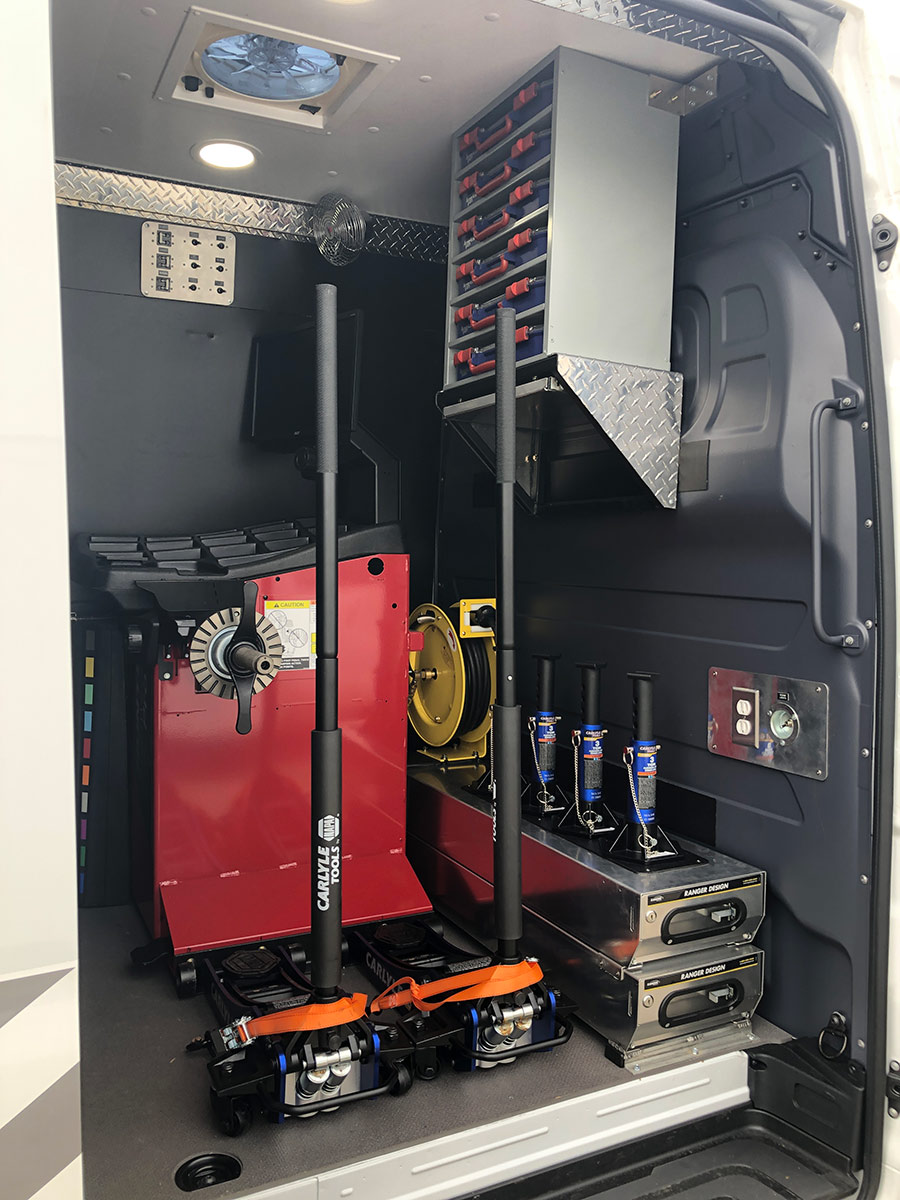Tire Service: Proven Methods for Optimum Tire Maintenance and Treatment
From making sure proper tire stress to normal turning and placement, there are tried and tested methods that can significantly expand the life-span of your tires and enhance overall driving experience. Let's dive right into the globe of tire solution and uncover the keys to maintaining your tires in first-class form for the long haul - Mobile Tire Change Las Vegas.
Relevance of Tire Stress
Sufficient tire stress advertises much better gas performance, as under-inflated tires can lead to enhanced rolling resistance, creating the engine to work tougher and take in even more fuel. Correct tire stress guarantees even step wear, enhancing tire long life and saving cash in the long run by postponing the need for early replacements. Routinely examining and changing tire pressure, particularly in the past long journeys, is a basic yet reliable means to improve lorry performance, prolong tire life expectancy, and focus on safety on the road.
Tire Turning Standards
When thinking about tire rotation guidelines, it is important to understand the importance of this maintenance task in taking full advantage of tire lifespan and maintaining ideal automobile efficiency. Tire turning involves altering the setting of each tire on a lorry to ensure even tread wear. Front tires tend to use extra promptly than back tires as a result of steering forces, making routine turning critical for balanced wear patterns. The suggested rotation pattern varies depending upon whether a car is front-wheel, rear-wheel, all-wheel, or 4x4. Commonly, tires ought to be turned every 5,000 to 7,500 miles, or as encouraged in the automobile guidebook. Neglecting tire rotation can result in unequal wear, impacting handling, grip, and possibly compromising lorry safety and security. By adhering to proper rotation guidelines, drivers can extend the life of their tires, enhance fuel performance, and boost total driving experience. Normal turning is a straightforward yet effective upkeep practice that adds dramatically to tire durability and vehicle efficiency.

Advantages of Wheel Alignment
Making certain correct wheel alignment after tire turning is crucial for maintaining balanced wear patterns and optimizing lorry efficiency. Wheel placement describes the modification of the angles of the wheels to the maker's requirements. Among the key benefits of wheel placement is enhanced steering and dealing with feedback. When the wheels are properly aligned, it minimizes guiding effort, making certain a smoother and more regulated driving experience. Additionally, appropriate wheel positioning assists to extend the life expectancy of your tires. Misaligned wheels can trigger irregular tire wear, resulting in early tire substitute and increased maintenance prices.

Tire Tread Deepness Examine
Performing a regular evaluation of tire walk depth is crucial for maintaining risk-free driving problems and extending the lifespan of your tires. The tread on your tires plays an important role in offering grip, specifically in wet or unsafe conditions. To check your tire step depth, you can utilize a tread depth gauge or the dime examination. The suggested tread depth goes to the very least 2/32 of an inch. It is time to replace your tires to make sure optimum efficiency and safety and security on the road if the step depth is listed below this threshold. Uneven step wear can indicate concerns with tire stress, placement, or suspension, highlighting the importance of normal step depth checks. Disregarding to check and preserve correct tread depth can lead to reduced hold, longer braking distances, and a raised threat of hydroplaning. By integrating tire tread deepness checks right into your regular maintenance routine, you can drive with self-confidence recognizing that your tires remain in leading condition.
Seasonal Tire Assessment
A thorough evaluation of tire condition tailored to details climate conditions is vital for preserving optimal performance and safety throughout the year. Seasonal tire examination is an essential element of tire maintenance that makes certain tires are prepared to encounter the challenges postured by different climate condition. To prepare for winter season, it is important to examine the tire pressure regularly as cool temperature levels can trigger tire stress to go down. Inspecting tire step deepness is likewise important to make certain ample grip on snow and frozen roadways. In addition, looking for indications of wear and tear, such as bulges or splits, can help avoid potential tire failures. As the seasons change, it is very important to evaluate tire Check This Out condition and make any type of required changes to assure secure driving. By performing routine seasonal tire assessments, vehicle drivers can extend tire life-span, improve gas effectiveness, and most notably, guarantee a safe driving experience in varying weather condition problems - Mobile Tire Service Las Vegas.
Final Thought
In verdict, keeping proper tire stress, rotating tires on a regular basis, straightening wheels correctly, keeping an eye on walk depth, and conducting seasonal assessments are vital techniques for optimum tire care. By complying with these confirmed methods, drivers can guarantee their tires last longer, carry out much better, and add to total lorry safety. It is essential to focus on tire maintenance to avoid accidents, improve fuel effectiveness, and extend the lifespan of tires.
Ample tire stress promotes much better fuel efficiency, as under-inflated tires can lead to raised rolling resistance, creating the engine to function more difficult and consume even more fuel.When taking into consideration tire turning guidelines, it is necessary to understand the significance of this maintenance task in maximizing tire lifespan and keeping optimum automobile efficiency. Seasonal tire assessment is an essential facet of tire maintenance that guarantees tires are all set to face the obstacles posed by different weather conditions. By carrying out routine seasonal tire evaluations, motorists can extend tire life-span, improve fuel performance, and most importantly, make certain a safe and secure driving experience in varying weather condition problems.
In final thought, keeping correct tire stress, turning tires routinely, lining up wheels appropriately, keeping an eye on step depth, and carrying out seasonal inspections are important methods for optimum tire care.